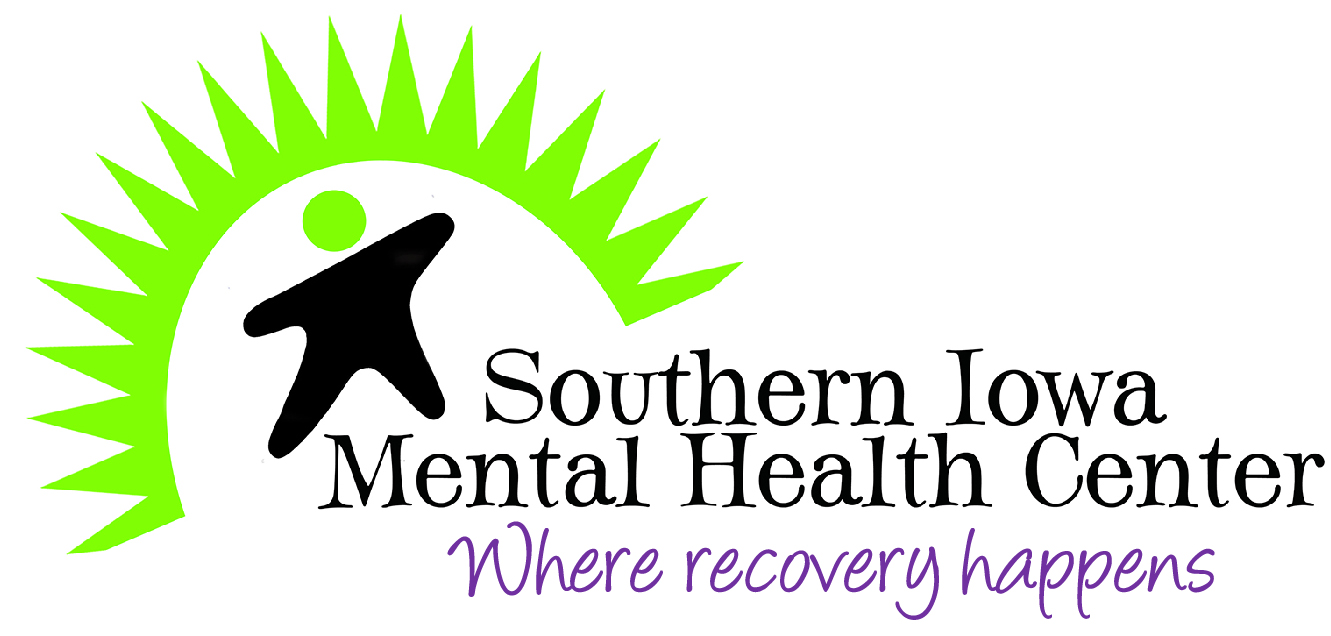Significant Treatment Attrition Rate Seen in Multiple Myeloma

TUESDAY, Nov. 22, 2022 (HealthDay News) -- There is a significant treatment attrition rate in newly diagnosed multiple myeloma (NDMM), according to a study published in the November issue of Leukemia & Lymphoma.
Victor H. Jimenez-Zepeda, M.D., from Alberta Health Services in Calgary, Canada, and colleagues describe the real-world MM population in Alberta in a retrospective observational study using administrative data for NDMM cases.
The researchers identified 1,377 treated NDMM cases between April 1, 2011, and March 31, 2017. Within the first year of diagnosis, 23.8 percent of these cases received an autologous stem cell transplant (ASCT). In the ASCT group, 57.6, 32.6, and 29.5 percent of patients advanced to second-line therapy, advanced to third-line therapy, and had four or more lines of therapy, respectively. In non-ASCT patients, 52.7, 22.7, and 14.7 percent advanced to second-line therapy, advanced to third-line therapy, and had four or more lines of therapy, respectively.
"We observed a significant attrition rate, particularly for non-ASCT MM patients. [These data provide] insights to support using the most impactful treatment upfront," the authors write. "This evidence also encourages the implementation of measures aimed at increasing chemotherapy tolerability, conceivably based on frailty assessments, while preserving and balancing myeloma disease control."
Several authors disclosed ties to Celgene Canada, which funded the study.
Abstract/Full Text (subscription or payment may be required)
Related Posts
Muscle Adiposity Tied to Cognitive Decline
FRIDAY, June 9, 2023 (HealthDay News) -- An increase in skeletal muscular...
More Than One in Seven Have a Headache on Any Given Day
WEDNESDAY, April 20, 2022 (HealthDay News) -- Headache disorders remain highly...
Low-Value Prostate Cancer Screening Common in Primary Care
TUESDAY, Jan. 10, 2023 (HealthDay News) -- Low-value prostate cancer screening...
